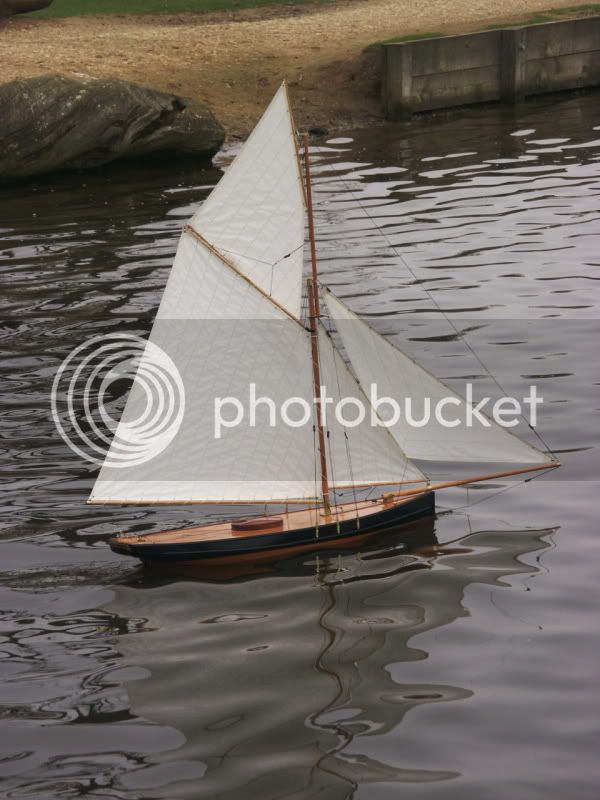In a moment of madness I told a model-making pal that I could make a mast for his ship. He then told me it was 27 inches long and measured 12mm at the base and 8mm at the tip.
Given that my lathe bed usable length is only about 22 inches I have a wee problem. I found that I could get a piece of 12mm dowelling through the headstock and make it secure with engineers' jaws so that end is OK. The other end will go through the tailstock, which gives it some support, but due to the length, it whips all over the place even when holding it. I then found that dowelling was no use as it is not strong enough for the mast. I found a piece of Meranti in the garage and thought that this would be OK given some 40grit paper but it is really too hard for this approach.
Has anyone any thoughts as to how I might get the job done and what kind of wood would be suitable?
Sisyphus
Given that my lathe bed usable length is only about 22 inches I have a wee problem. I found that I could get a piece of 12mm dowelling through the headstock and make it secure with engineers' jaws so that end is OK. The other end will go through the tailstock, which gives it some support, but due to the length, it whips all over the place even when holding it. I then found that dowelling was no use as it is not strong enough for the mast. I found a piece of Meranti in the garage and thought that this would be OK given some 40grit paper but it is really too hard for this approach.
Has anyone any thoughts as to how I might get the job done and what kind of wood would be suitable?
Sisyphus





